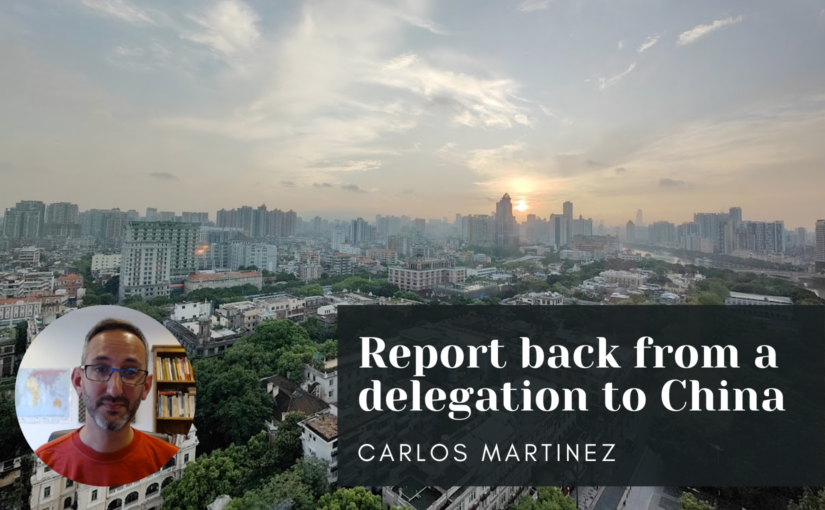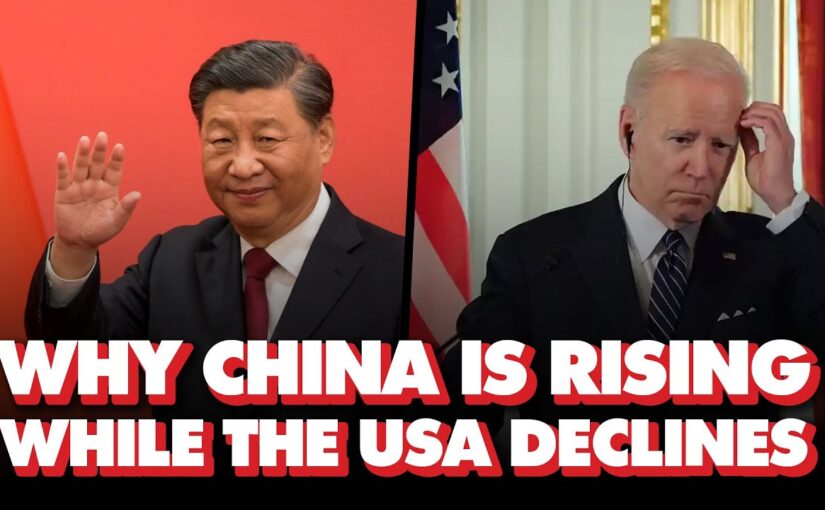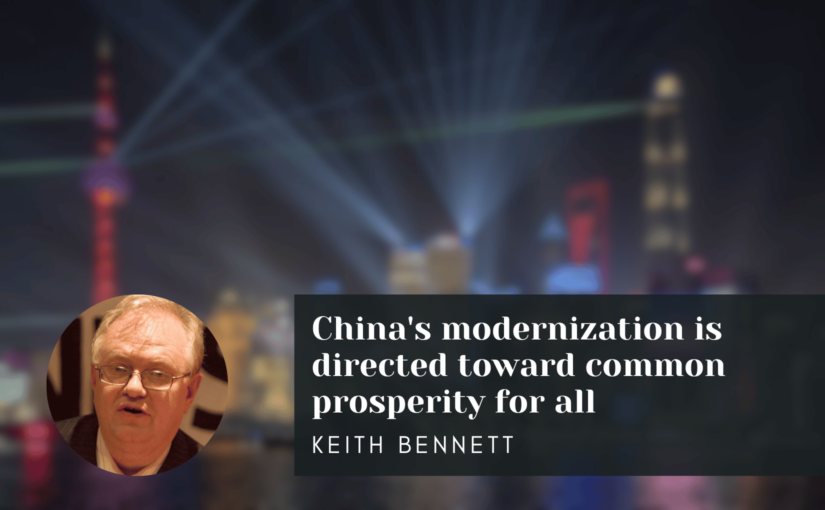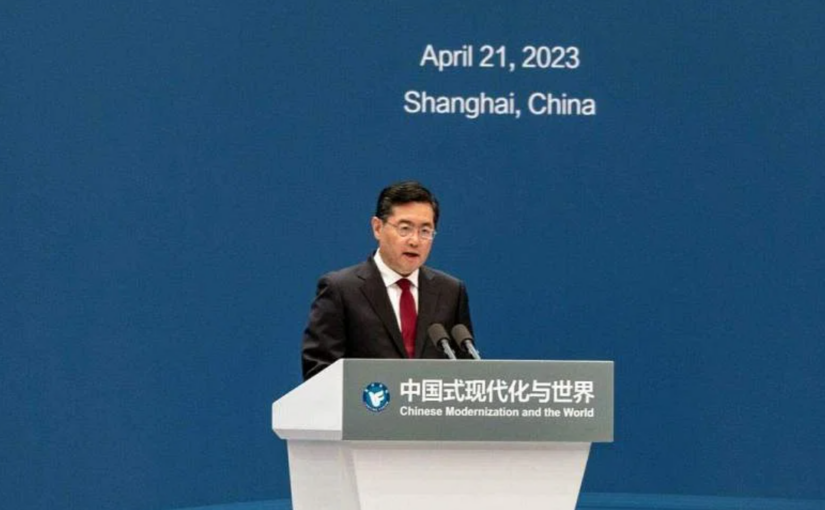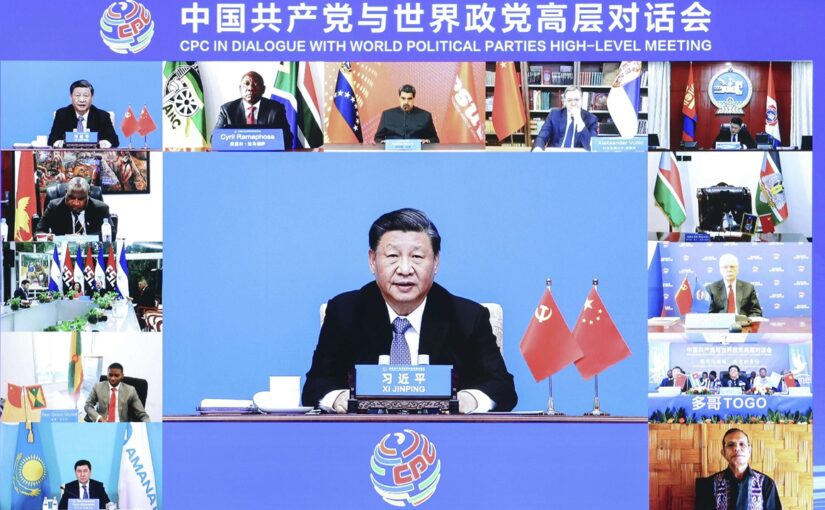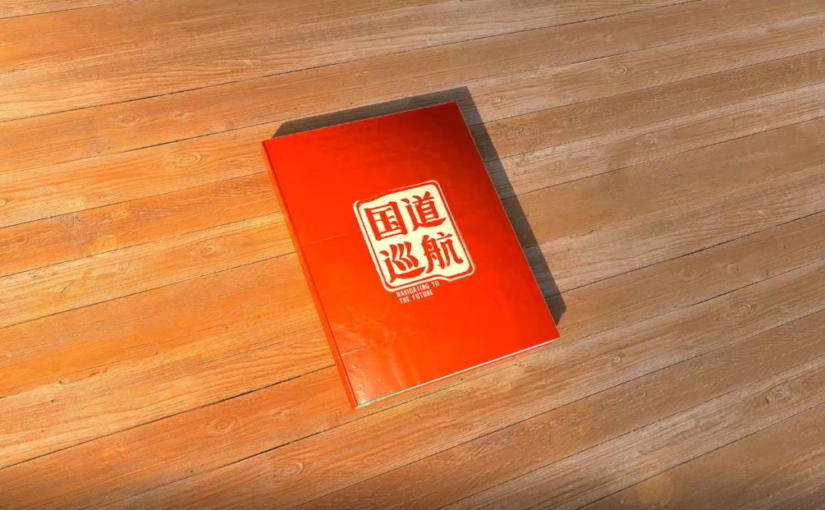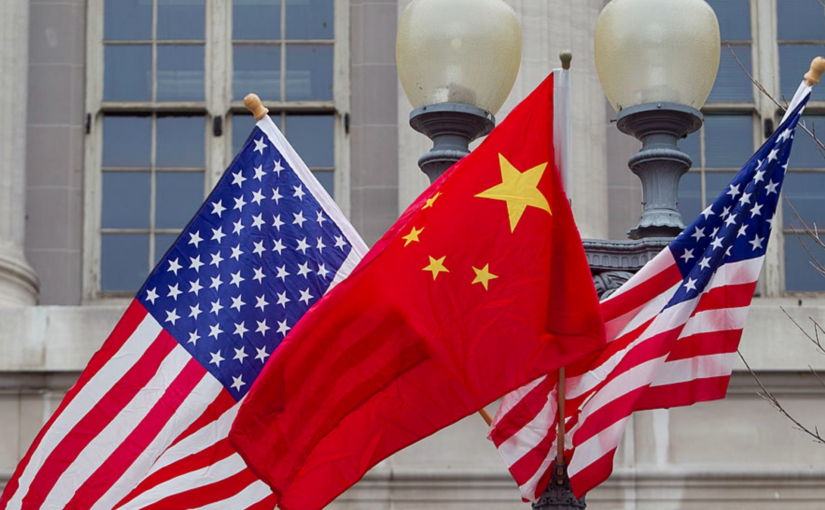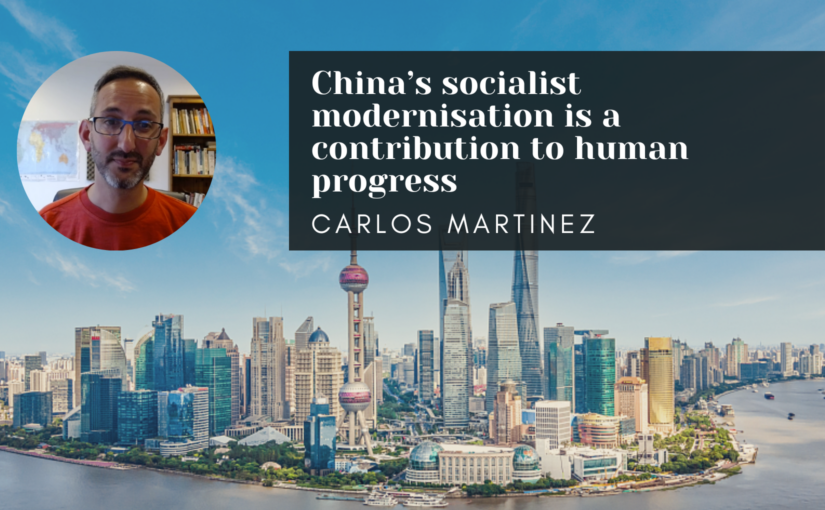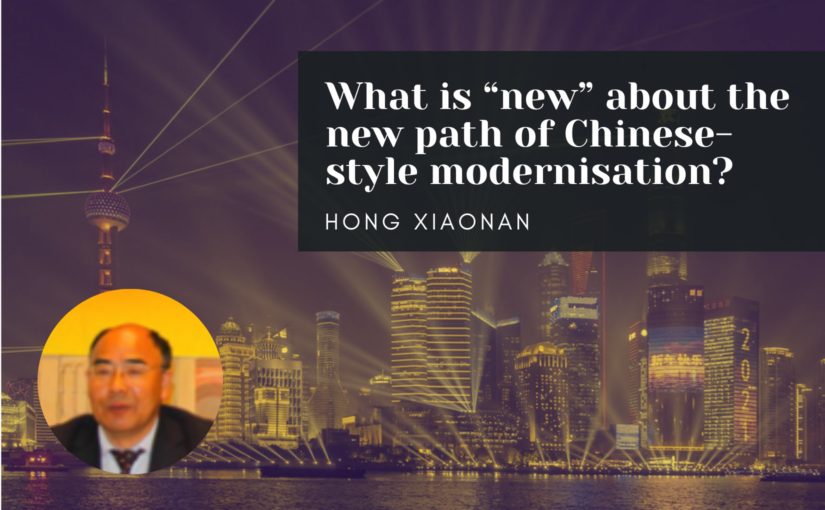We are pleased to republish below a detailed report by Rob Griffiths, general secretary of the Communist Party of Britain, of a recent delegation to China organised by the CPC’s International Department. Rob was the leader of the delegation, which included three delegates from Friends of Socialist China.
Originally published in four parts in the Morning Star, the report is republished here in full. It adds some valuable detail to our report, elaborating in particular on the themes of common prosperity and China’s path to socialist modernisation.
Rob mentions the delegation’s field trips to KingMed Diagnostics and Guangzhou Automobile Company (GAC) in Guangzhou, and reflects on what the delegates learned in relation to people-centred development and the relationship between the private and state sectors of the economy. He notes that KingMed, although a private company, works symbiotically with the state; this was evident in the struggle against Covid-19, with KingMed establishing 670 testing facilities in remote countryside areas. GAC is focusing increasingly on the design and production of electric cars, in line with the country’s overall orientation towards sustainable development. “Its operations in China illustrate how industry is pursuing the course of socialist modernisation set by President Xi Jinping and the CPC, based on consumer-driven, high-quality and eco-friendly development.”
Rob also recalls the delegation’s visit to the National Big Data Exchange and Experience Centre in Guiyang, Guizhou – “just one of several ultra-modern, hi-tech projects that demonstrate the CPC’s commitment to balanced development across China.” Guizhou has long been one of the poorest provinces of China, but it is experiencing rapid advances since being selected to take the lead on big data and artificial intelligence. Rob writes that the centre “indicates how cutting-edge technology can be used to improve traffic flows, protect the environment, enhance the distribution of medicines and even make tax collection more efficient.”
Writing about the delegation’s exchange with the All-China Federation of Trades Unions (ACFTU), Rob describes the role played by the ACFTU in organising 300 million workers across various sectors: “its roles include collective bargaining, workers’ rights protection, lobbying, and offering financial and skill-training support to members.” He mentions that the union has successfully lobbied for a number of important policy changes, including improving rights of migrant workers and supporting those workers negatively affected by the Covid-19 pandemic.
The author recalls that, at the CPC Central Committee Party School in Beijing, he asked Professor Guo Qiang a question about the absence of women in the top leadership of the CPC – “only 10 of 205 central committee members elected at the 20th party congress last October are women, although they comprise almost one-third of the CPC membership.” Professor Guo responded that this deficit is a topic of discussion inside the party. “Many in the CPC leadership are over 60 and attended university 40 years ago when there were very few female students — itself the result of bad and reactionary elements in traditional Chinese culture, he explained. Huge changes are under way in education, with women filling more than half of all university and college places.”
The delegation was hugely valuable and memorable, and served to significantly deepen delegates’ understanding of the progress of Chinese socialism in the 21st century.
On the path of China’s modernisation
Morning Star, 5 August 2023
FROM June 24 until July 4, the international department of the Communist Party of China (CPC) hosted a delegation representing 11 communist parties and a friendship society from Britain, Ireland, Denmark, Sweden, Finland, Norway, the US, Canada and Australia.
I had the honour of leading the delegation at the invitation of the CPC as we visited the provinces of Guangdong and Guizhou as well as the capital city, Beijing.
Our hosts’ intention was to explain China’s path of “socialist modernisation” and demonstrate the achievements of their country’s system of “socialism with Chinese characteristics.”
Guangdong borders Hong Kong and is China’s most populous province with more than 127 million inhabitants.
Situated at the delta of the Pearl River, the provincial capital Guangzhou was the starting point of the famous maritime “Silk Road.”
Its working class and intelligentsia played a major part in the national democratic revolution of 1911, led by Sun Yat Sen, who remains a revered figure for the Chinese people and the CPC.
Today, this city of 16 million people is a major international port and trading centre, having pioneered China’s “reform and opening up” strategy initiated by former CPC leader Deng Xiaoping in 1978.
Continue reading Delegation report: On the path of China’s modernisation
